Key Features and Benefits of Each Technology
Hydrogen Vehicles
-
Cleaner Combustion: Hydrogen fuel cells produce only water vapour as a byproduct, resulting in zero emissions at the point of use.
-
Quick Refuelling and Long Range: Hydrogen vehicles can be refuelled quickly and offer longer ranges compared to most EVs, making them suitable for long-distance travel and heavy-duty applications.
-
Versatile Production: Hydrogen can be produced from various sources, including water, natural gas, and biomass, offering flexibility in energy sourcing.
Compressed Natural Gas (CNG) Vehicles
-
Cleaner Alternative to Fossil Fuels: CNG burns more cleanly than gasoline or diesel, reducing emissions of carbon dioxide (CO2), carbon monoxide (CO), nitrogen oxides (NOx), and particulate matter.
-
Note: Efficiency is further enhanced when deploying CNG as part of a lightweight vehicle framework, lightweight vehicles built or 3D printed out of advanced materials (ex: carbon infused plastics, nylons, etc..) in combination with light metals like aluminum, reduced passenger count vehicles (2 seat cars) for additional weight savings, and hybrid CNG-Electric Hybrid or a Natural Gas Hybrid configuration – vehicles that use compressed natural gas and an electric power-train or electric propulsion.
-
Cost-Effective: Often cheaper than gasoline and diesel, CNG is a cost-effective choice, particularly for fleets like buses and taxis.
-
Existing Infrastructure: Many regions have existing natural gas infrastructure that can be leveraged for CNG distribution, reducing the need for new infrastructure investment.
Electric Vehicles (EVs)
-
Zero Emissions: EVs produce no emissions at the point of use, making them ideal for urban environments where air quality is a concern.
-
High Efficiency: Electric motors are more efficient than internal combustion engines, converting more energy into movement.
-
Renewable Integration: EVs can be powered by renewable energy sources, further reducing their environmental impact.
Potential Benefits of a Multi-Fuel Transportation System
-
Complementary Technologies: Each fuel type has unique strengths that can complement the others. For example, EVs are ideal for short commutes and urban areas, while hydrogen vehicles offer longer ranges for heavy-duty applications. CNG serves as a transitional technology, bridging the gap between traditional fossil fuels and emerging cleaner options.
-
Infrastructure Development: A mixed energy approach allows for gradual infrastructure development. Existing CNG infrastructure can be expanded while building out hydrogen re-fuelling stations and EV charging networks, providing a flexible and adaptable framework for future growth.
-
Energy Security and Resilience: Diversifying fuel sources enhances energy security by reducing dependence on any single type of fuel. This resilience is crucial in mitigating risks associated with supply disruptions or price fluctuations.
-
Environmental Benefits: Deploying a mix of hydrogen, CNG, and electric vehicles can optimize reductions in greenhouse gas emissions and other pollutants, tailored to regional needs and available technologies.
-
Economic Opportunities: Supporting multiple technologies can drive innovation, create jobs, and stimulate economic growth across various sectors, including manufacturing, infrastructure development, and renewable energy.
-
Consumer Choice and Adaptability: A diverse energy portfolio provides consumers with more choices, catering to different preferences and needs. It also allows the transportation sector to adapt to changing technologies, market conditions, and regulatory environments.
Challenges and Considerations
Despite the potential benefits, several challenges must be addressed to implement a multi-fuel transportation system:
-
Infrastructure Investment: Building the necessary infrastructure for hydrogen, CNG, and EVs requires significant investment. This includes re-fuelling stations, charging networks, and production facilities, which may be cost-prohibitive in some regions.
-
Energy Density and Storage: Hydrogen and CNG have lower energy densities compared to gasoline and diesel, affecting vehicle range and storage requirements. CNG requires high-pressure tanks, while hydrogen storage involves complex and expensive solutions.
-
Market Demand and Consumer Adoption: The success of a multi-fuel system depends on consumer demand and adoption. Consumers may be hesitant to switch due to concerns about re-fuelling convenience, vehicle availability, and overall costs.
-
Regulatory and Policy Considerations: Governments and regulatory bodies must create supportive policies and incentives to encourage the adoption of diverse fuel technologies. This includes subsidies, tax incentives, and regulations that promote environmental sustainability.
-
Technological Integration and Standardization: Integrating different fuel technologies into the transportation ecosystem requires standardization and compatibility. This includes developing universal standards for re-fuelling, charging, and safety.
Multi-Fuel Stations: A Hub for Sustainable Energy
Key Considerations for Multi-Fuel Stations:
-
Space and Layout: Designing stations to accommodate various fuel types, including hydrogen pumps, high-pressure CNG dispensers, and EV charging stations, requires careful planning to optimize space and ensure safety.
-
Safety Protocols: Different fuels necessitate unique safety measures. For example, hydrogen and CNG systems involve high-pressure storage, necessitating stringent leak prevention and safety protocols.
-
Regulatory Compliance: Adherence to regulations for the storage and dispensing of diverse fuels is crucial. This includes proper labeling, handling procedures, and emergency response measures to ensure compliance and safety.
-
Infrastructure Investment: Establishing a multi-fuel station involves significant investment in specialized equipment and infrastructure, such as hydrogen and CNG dispensers, EV chargers, and potentially renewable energy systems like solar panels.
-
Consumer Convenience: Offering multiple fuel options at a single location enhances convenience for consumers, supporting a broader range of vehicles and encouraging the adoption of alternative fuel technologies.
Conclusion
Definitions:
CNG-Electric Hybrid Vehicle (Natural Gas Hybrid)
Key Features:
-
Dual Fuel Sources: Utilizes both CNG and electric power, providing flexibility in fuel options and potentially extending the vehicle’s range.
-
Enhanced Efficiency: The electric motor can complement the CNG engine, especially during acceleration and low-speed operation, leading to improved fuel efficiency and reduced emissions.
-
Reduced Emissions: CNG engines produce fewer pollutants compared to traditional gasoline or diesel engines, and the electric powertrain contributes to further emission reductions.
-
Versatility: Suitable for various applications, including passenger cars, buses, and other fleet vehicles, offering a cleaner alternative to conventional internal combustion engines.
Additional Content:
Title:“Enhancing Vehicle Efficiency Through Weight Reduction and Natural Gas Hybrid Systems” https://x.com/SkillsGapTrain/status/1817313442212065628
Title: “Restoring Canada’s Destiny: Fixing the Timeline with Canadian Liquefied Natural Gas (LNG), Small Modular Reactors (SMRs), Hybrid Electric Vehicle (HEV) Technologies and Reforestation” https://x.com/SkillsGapTrain/status/1802499440193794175
Report: “Economic Impact of Blocking Resource and Energy Sectors in Canada” https://x.com/SkillsGapTrain/status/1813138214078619961
Title: “Hello Laurel Collins, Since the NDP has selected you to be the ‘Critic for Environment and Climate Change…” https://x.com/SkillsGapTrain/status/1798982572594315305
Title: “Strategic EMP Protection and Decentralization: SGT’s Vision for Technological Resilience Enhancement to Elon Musk’s Companies” https://x.com/SkillsGapTrain/status/1804636456746422418
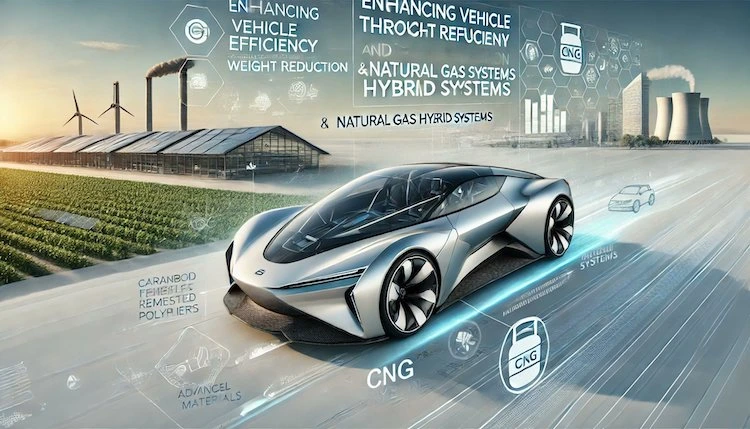
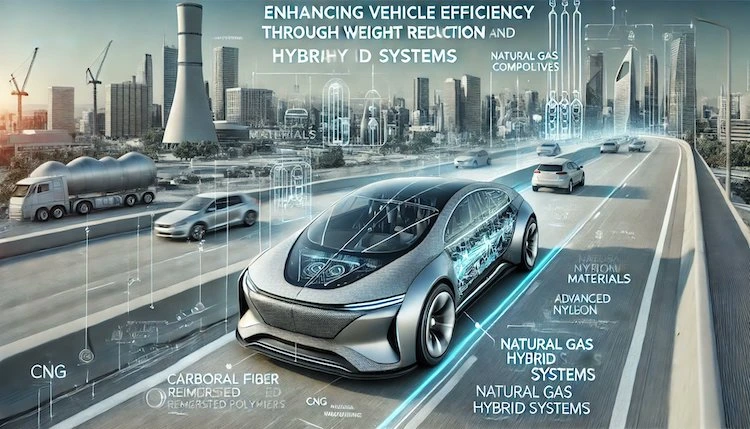
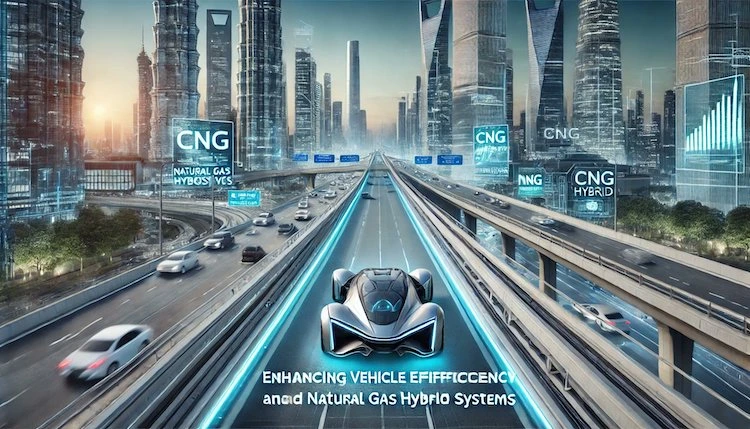
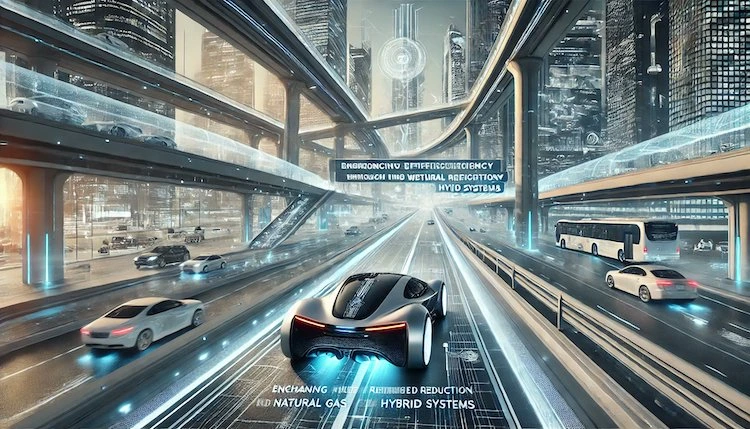
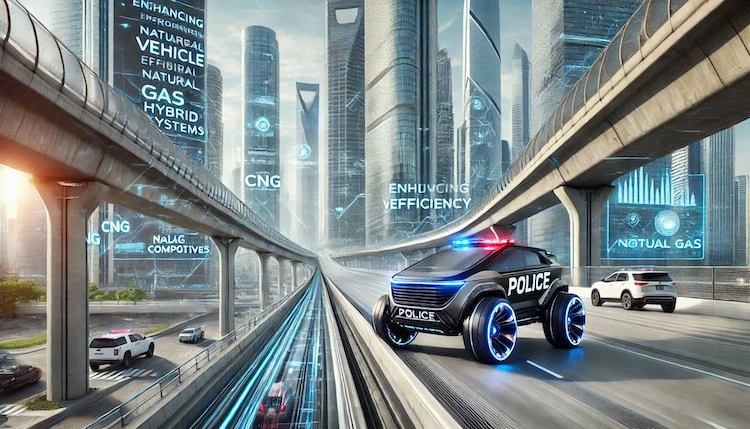
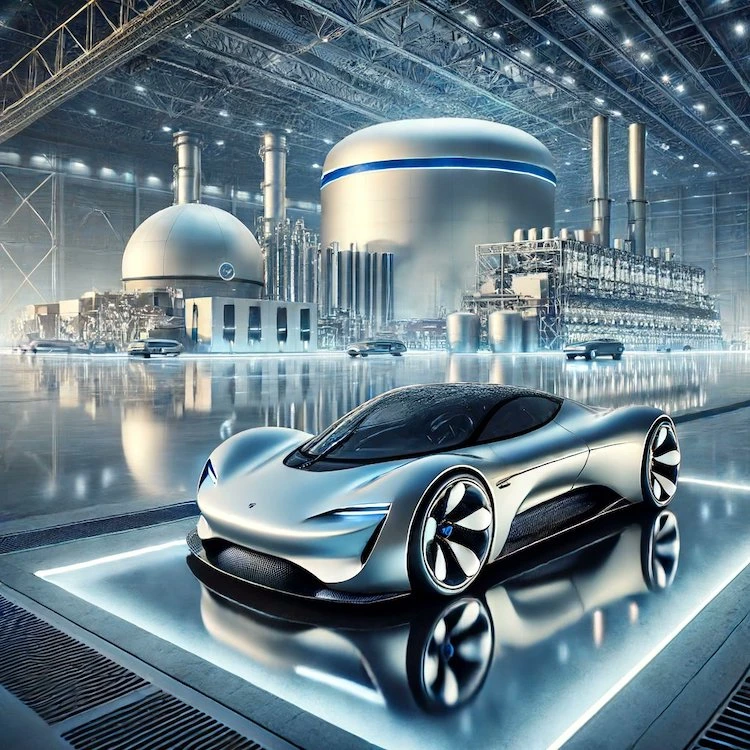
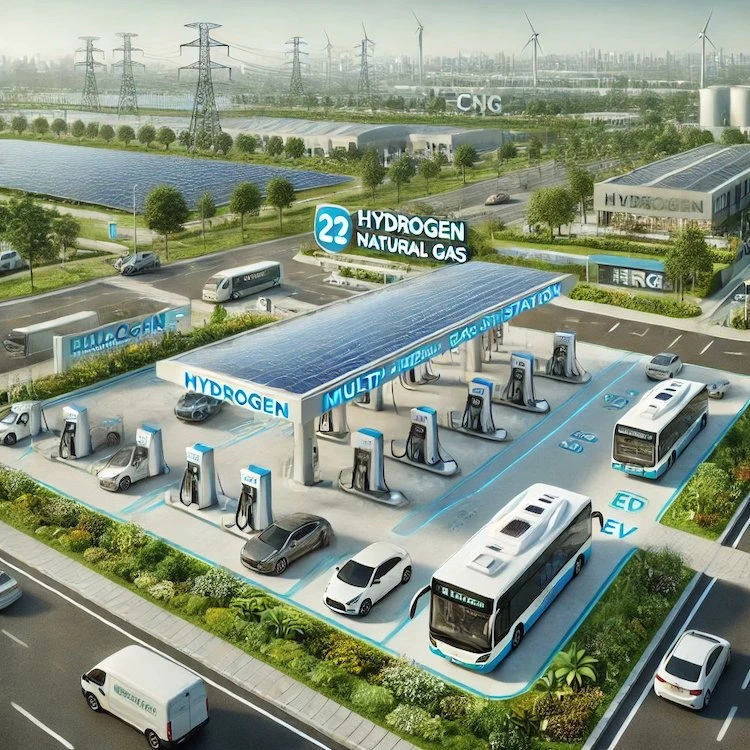
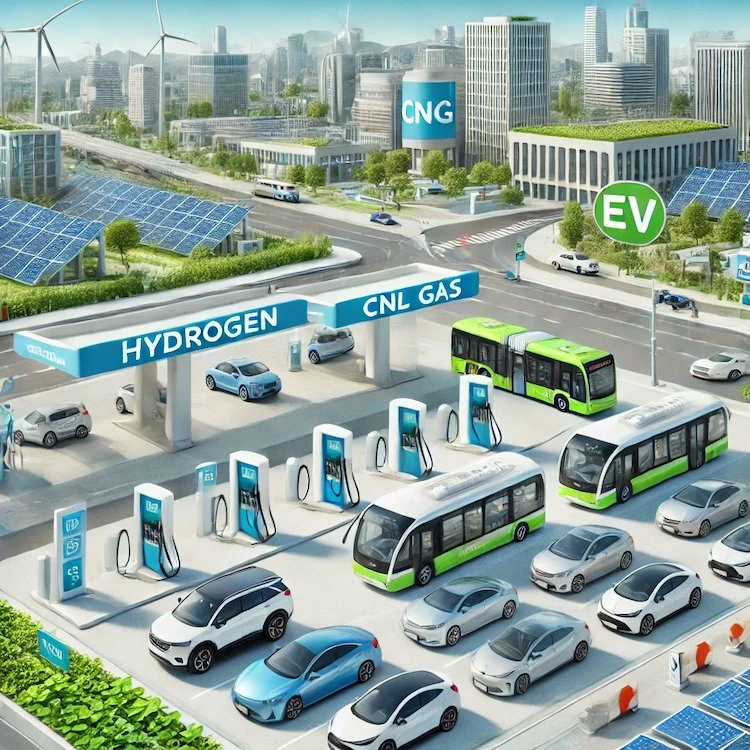
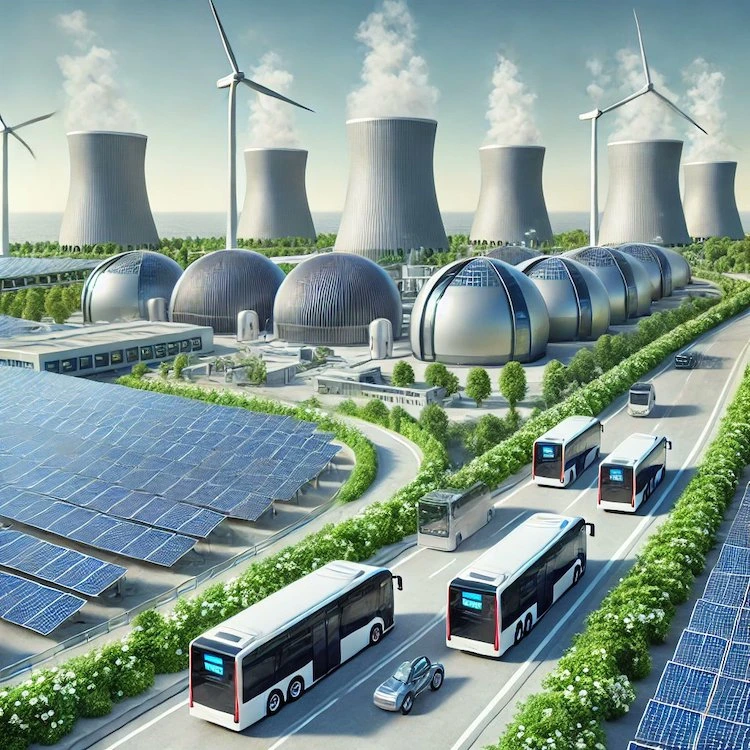
‘Fix the broken countries of the west through increased transparency, design and professional skills. Support Skills Gap Trainer.’
To see our Donate Page, click https://skillsgaptrainer.com/donate
To see our YouTube Channel, click https://www.youtube.com/@skillsgaptrainer